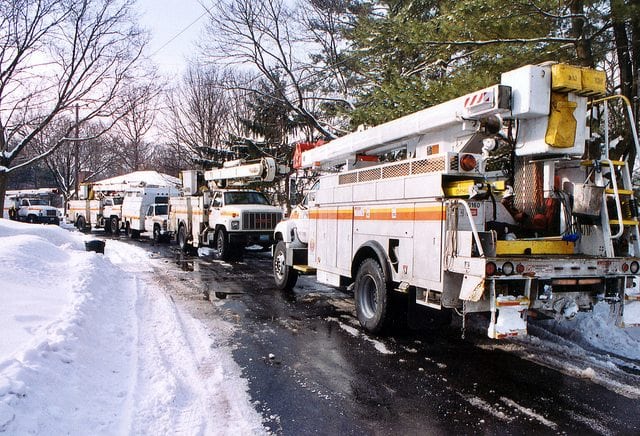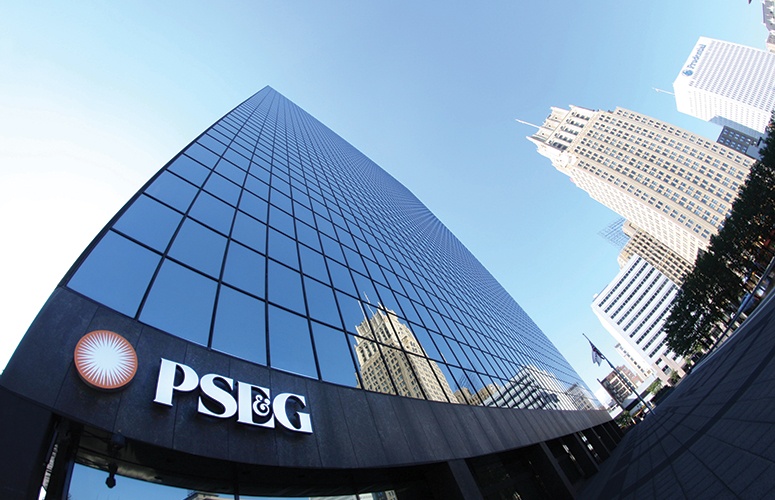
PSE&G Receives Approval of $905 Million Program to Accelerate Replacement of Aging Gas Infrastructure
On Nov 16, 2015Public Service Electric and Gas Company (PSE&G), New Jersey’s largest utility, has announced the approval of a three-year, $905 million program to expedite the replacement of aging gas pipes. Approved by the New Jersey Board of Public Utilities, the program will enable PSE&G to accelerate the modernization of its cast iron and unprotected steel gas infrastructure — replacing up to 510 miles of gas mains and 38,000 service lines over the three-year period.
“Accelerated replacement of our aging gas pipes ensures we can support a safe, clean and reliable gas system well into the future,” said Ralph LaRossa, PSE&G president and COO. “Since 2009, our residential customers’ gas heating bills are down 47 percent because of the lower cost of natural gas supply. The timing is right to accelerate this work — while gas prices remain low.”
The work will take place across PSE&G’s service territory in 11 counties, concentrating on urban areas established in the early 1900s, where much of the utility’s cast iron and unprotected steel gas pipes are located. PSE&G is working with municipalities to determine when replacements will be done. Engineering and planning of the construction is underway, with work set to begin in the spring.
Work is being prioritized based on the condition and location of the gas mains. In addition, data on methane emissions from the Environmental Defense Fund (EDF) will be used in prioritizing this work.
EDF partnered with Google and Colorado State University on a program to detect, map, and quantify methane emissions from natural gas distribution systems quickly and cost-effectively, using new mapping and analytical methods. The organization spent six months surveying portions of PSE&G’s service territory being targeted for replacement under the utility’s Gas System Modernization Program.
“Methane is the main ingredient in natural gas, and a highly potent greenhouse gas. PSE&G is the first gas utility to provide extensive information to EDF on its existing gas system and on its method of targeting mains for replacement,” said Jonathan Peress, EDF Air Policy Director for Natural Gas. “The utility’s willingness and commitment to actively participate in our survey program enabled us to focus our work so that PSE&G is able to use methane emissions data for its gas infrastructure upgrades.”
The mains and service lines will be replaced with strong, durable plastic piping, which is much less likely to have leaks and release methane gas. The new elevated pressure systems also enable the installation of excess flow valves that automatically shut off gas flow if a service line is damaged, and provide better support for the use of high-efficiency appliances.
“In addition to ensuring the continued safety and reliability of our gas system, the Gas System Modernization Program will create 500 direct, sustained jobs during the three-year program,” said LaRossa. “Maintaining the integrity of New Jersey’s infrastructure supports the vitality of our economy.”
There will be no rate increase at the onset of the program. In 2017, the typical residential gas heating customer who uses 1,010 therms annually is expected to see an increase of about $0.50 on their average monthly bill. At the end of the Gas System Modernization Program, the same residential customer is projected to see a total cumulative increase of $4.80 on their average monthly bill, or an increase of approximately 1.5 percent annually over four years.
The Gas System Modernization Program is a next step in a series of modernization programs, including PSE&G’s Energy Strong work that is focused on building the resiliency into its systems required to withstand the kind of severe weather that has devastated our state over the past five years. Approved last year, the $1.22 billion Energy Strong program includes raising, relocating and protecting electrical switching and substations, and replacing 250 miles of low-pressure cast iron gas mains in or near flood areas.
“Accelerating the replacement of our aging pipes is good for our customers, economy and environment,” said LaRossa. “With natural gas prices at historic lows, we can do it now without causing undue hardship on customers.”
Related Articles:





